Get in touch
555-555-5555
mymail@mailservice.com
Things Mortgage Lenders DON’T Want to See on Your Bank Statements
When you apply for a mortgage , lenders need to see your bank statements to ensure you can afford the down payment, future loan payments, and closing costs. The chances of getting approved are higher if your bank statements are clear and don’t look questionable. So what is it that lenders deem questionable? Let’s dive in.
What do lenders look for in bank statements?
Mortgage lenders will typically ask to see two months worth of recent bank statements along with the loan application. The underwriter, or the person in charge of evaluating and approving mortgages, will look for a few things.

In general, an underwriter wants to make sure that your money in your bank account is yours, and now borrowed from someone else. Bank statements also show that you haven’t opened any credit accounts or have built up debt when applying for the mortgage. Two months is a good time frame for a lender to look at because any credit accounts that are older than two months should show up on your credit report.
What don’t lenders want to see on bank statements?
Bounced checks .
If your account is full of overdrafts or non-sufficient fund charges, underwriters are likely to think you aren’t good at managing your finances. If non-sufficient fund charges are found, your application is subject to scrutiny. FHA loans require lender to manually re-approve borrowers with non-sufficient funds, even if the borrower has been approved by a computer.
Large deposits that aren’t documented.
If an underwriter sees that there are large and/or irregular deposits in your account, it might indicate that your down payment is borrowed and coming from an unreputable source. Large deposits could also be seen as an illegal gift. Home buyer’s aren’t allowed to receive help from someone who would be gaining from the transaction, like the home seller or real estate agent. In general, a large deposit is considered something that exceeds 50% of your total monthly qualifying income for the loan. This is why documentation is so important. If you can’t prove that the funds are acceptable, the lender has to disregard them and use the remaining amount to qualify you for the loan. If those funds aren’t enough to qualify you, you’ll need more cash — and from a reputable source. All this being said, borrowing a loan is still allowed, as long as you state where it came from. This can be a down payment gift from a family member or an assistance program.
Misalignment in payments and activities.
Monthly payments that don’t match up to a credit amount stated on your application can be a red flag. While a credit report typically pulls in your credit cards, students loans, debt accounts, etc., some creditors don’t report to big credit bureaus. For example, if you receive a loan from an individual versus a bank , those details might not show up on your credit report.
And there you have it! By following these guidelines, you’ll be in good shape to apply for your mortgage.
Do you need help applying for your mortgage? Ken Venick has you covered! He has over 30 years of experience in the mortgage business and can guide you on what loan product will fit your unique needs. Visit our FAQ page to learn more about us, and contact us today!
The post Things Mortgage Lenders DON’T Want to See on Your Bank Statements appeared first on Owings Mills & Lutherville Mortgage.











All Rights Reserved | Luminate Bank | NMLS#1281698 | Privacy Policy | Company Licenses | NMLS Consumer Access Mortgage Banking Products are not FDIC Insured
